What is solar irradiance and how is it measured?


Jeremy Vickerman
Senior Content Manager
Senior Content Marketing Manager at RatedPower with extensive experience in content strategy, production, and communications. Over a decade of expertise spanning marketing, recruitment consulting, and public relations across the UK and Spain, with a strong track record in driving brand visibility and audience engagement.


Gorka Arrieta
Product Owner
Gorka is an energy engineer turned Product Owner at RatedPower, and brings three years of experience in the renewable energy sector. With a fervent dedication to sustainability, he concentrates his efforts on advancing energy storage solutions that keep up with the fast developing pace of the industry. In his less than a year tenure at RatedPower, Gorka endeavors to contribute meaningfully towards a greener future.

Examine what solar irradiance is, how it is measured and its importance when designing solar plants.
Content
- What is solar irradiance?
- How can higher temperatures reduce solar panel efficiency?
- How is irradiance measured?
- What to do when there are no in-site measurements available?
- What elements does RatedPower’s energy module use to calculate energy yield and solar irradiance?
- How do you upload your meteorological data to RatedPower?
What is solar irradiance?
Solar irradiance definition: Solar irradiance is the amount of radiant light energy from the Sun that reaches the Earth, measured in power per area unit (W/m²).
The amount of solar irradiance reaching the Earth’s surface can vary due to factors such as atmospheric conditions, latitude, time of day, and time of year.
Solar irradiance is often confused with solar irradiation due to the similarity in what it measures and the similarity of the words. However, the two serve distinct purposes. Put simply, solar irradiance is the measure of instantaneous solar intensity, while solar irradiation is the measure of solar intensity over time. That is why commonly used meteorological data in hourly granularity have solar irradiance data in W/m², while when looking at monthly data, we see solar irradiation values in kWh/m².
How can higher temperatures reduce solar panel efficiency?
As PV panels collect solar energy over a prolonged period, they also absorb excess heat energy, which causes a reduction in the efficiency of the modules. From all the energy that reaches the modules, some of it is effectively converted to electricity, a small part of it is reflected, and the rest is absorbed as heat. As the PV module heats up, its efficiency is reduced due to mainly two processes:
Resistance increase: The conductivity of the semiconductor materials used in solar panels decreases as temperature rises. This increased resistance leads to higher losses in the panels' electrical circuitry, reducing overall efficiency.
Voltage decrease: As the temperature increases, the voltage output of solar panels tends to decrease. This is due to a decrease in the open-circuit voltage of the solar cells, which reduces the overall power output of the panel.
High temperatures can be a big issue and negatively impact solar PV energy production in extremely hot and dry climates. Using cooling mechanisms is possible, although it is not common due to its impact on module prices. We have built this functionality into RatedPower to help engineer PV plants with minimal disruption from high temperatures.
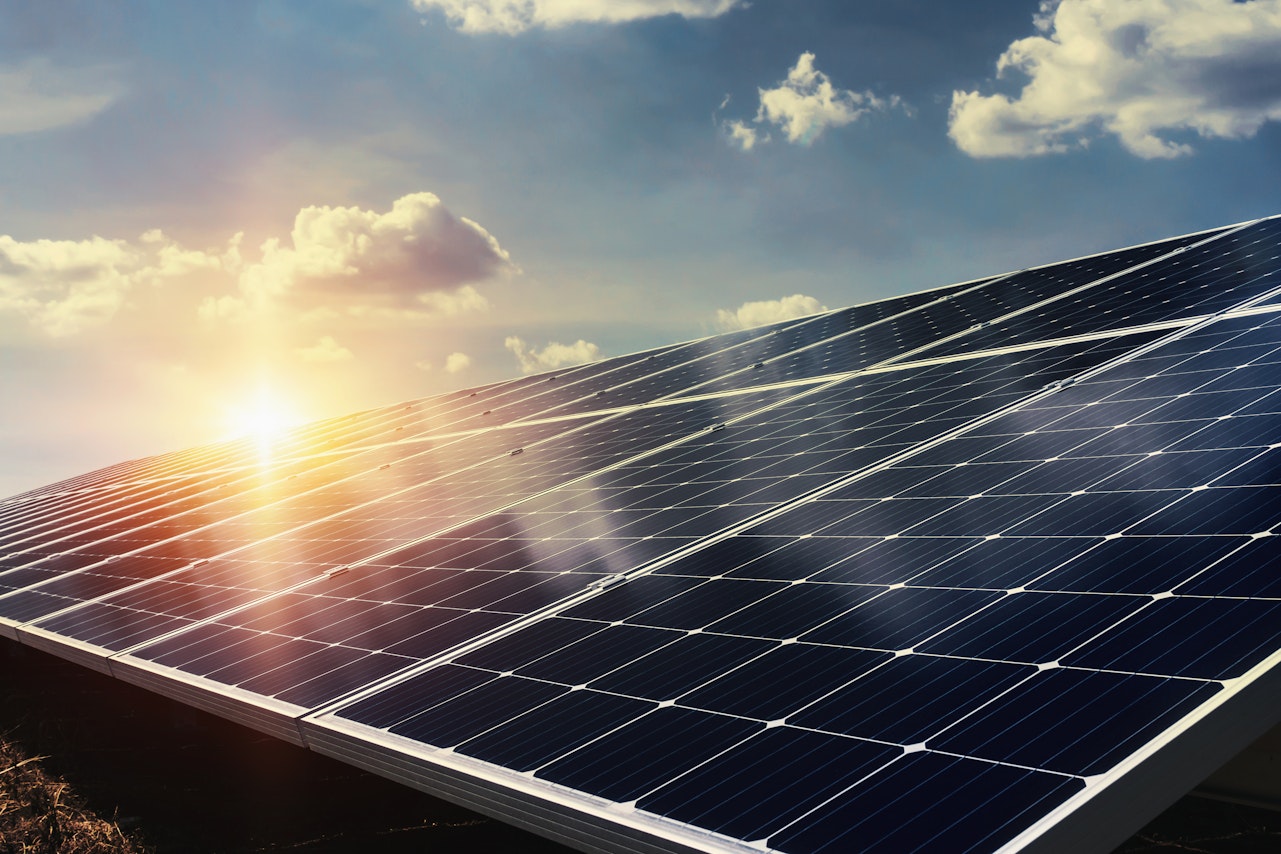
How is irradiance measured?
Irradiance is often measured using three components: global, direct and diffuse.
Direct irradiance: also called beam irradiance, is the part of the irradiance coming from the sun that directly hits a surface. It’s usually referred to as Direct Normal Irradiance (DNI) when measured on a normal (perpendicular) plane with respect to Earth’s surface, but it can also be represented as Beam Horizontal Irradiance (BHI) when measured on a horizontal plane.
Diffuse irradiance: is the light scattered by the collision of the sun’s rays with the atmosphere, air molecules, water vapor, dust, and pollutants that reach the Earth’s surface. It’s usually referred to as Diffuse Horizontal Irradiance (DHI).
Global irradiance: is the total irradiance received from the Sun on Earth’s surface, and is usually referred to as Global Horizontal Irradiance (GHI). It’s the sum of the direct and diffuse irradiance.
Measuring solar irradiance is key to assessing a site’s potential for solar PV energy generation. To measure irradiance, a pyranometer, a type of actinometer designed to measure solar radiation flux, is used. Different types of pyranometers measure the different components of irradiance.
Installing and maintaining a pyranometer requires calibration, good placement, and continuous data collection and analysis. For good site assessment, at least one year of measurements is needed, making this process expensive and prone to errors. That’s why solar developers usually rely on reanalysis data for energy assessment.
What to do when there are no in-site measurements available?
It is useful to look at the historical irradiation data of a particular site to predict the future energy generation and profitability of a solar PV plant. In most cases, during the initial phase of designing a PV plant, developers face the issue of not having quality in-site irradiation measurements. Here is where the reanalysis data comes in handy.
Reanalysis data is a dataset created by combining historical observational data (from satellites, weather stations, buoys, aircraft, etc.) with modern climate models to produce a comprehensive, consistent, and long-term record of atmospheric and oceanic conditions.
These datasets provide global coverage of current and historical irradiance and temperature values, often in an hourly granularity, that developers can use to assess the solar energy potential of any site worldwide.
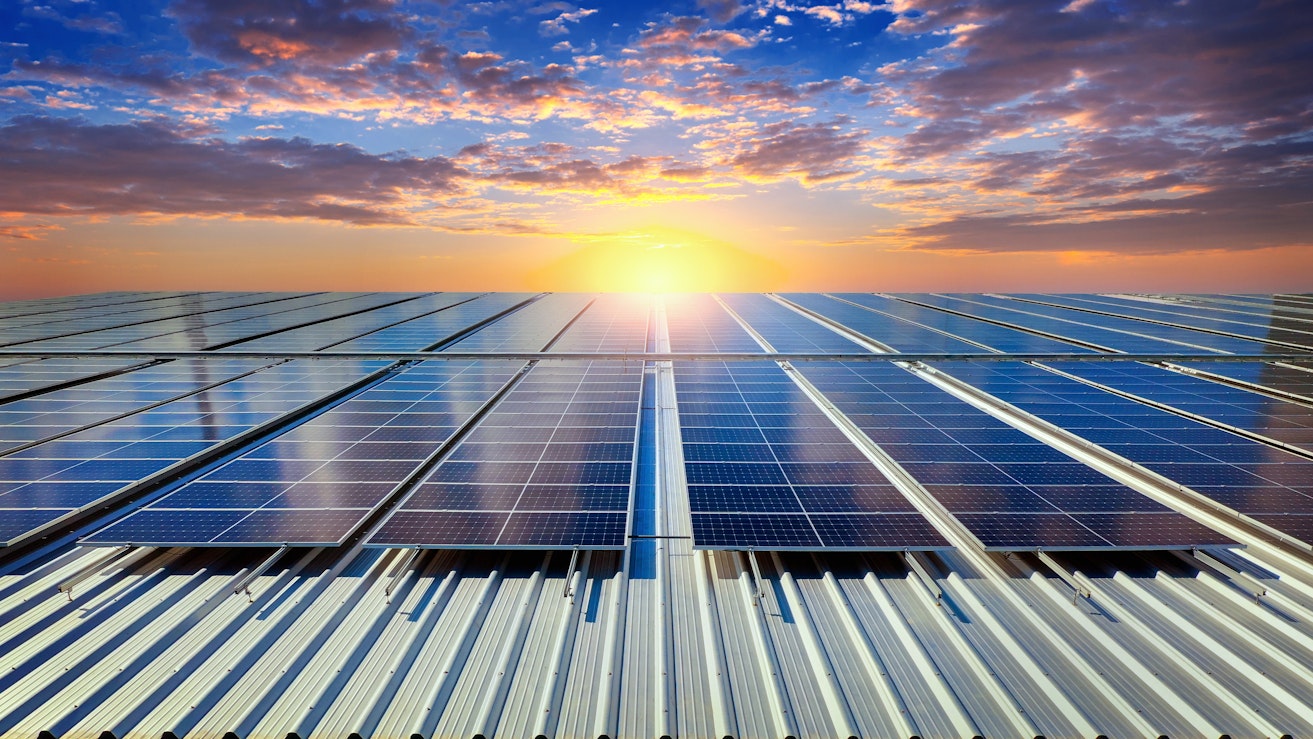
What elements does RatedPower’s energy module use to calculate energy yield and solar irradiance?
Energy yield is the energy produced by a solar PV installation. The energy yield rating aims to provide a practical, realistic estimate of how much energy a system can produce in its operating environment. It accounts for external factors that reduce output in solar systems, such as shading, dirt, or temperature. Accurately estimating and maximizing energy yield allows solar developers and asset owners to predict how much electricity their photovoltaic system will potentially generate.
Using meteorological, horizon, and albedo data, RatedPower allows users to get up to 50 years of energy yield based on their plant design. Users can choose from various sources to import solar irradiance data or input their measurements for highly accurate estimates.
How do you upload your meteorological data to RatedPower?
RatedPower offers three different meteorological data sources. The coverage of each dataset varies from country to country.
If preferred, users can also upload their meteorological data. They can do this directly through the RatedPower software using the “upload meteo” under the Meteo data section. The program will ask the user to select from a range of sources and upload a TMY file in CSV format. Users can also use our generic templates and fill in the corresponding columns with the required data if their data source is not listed.
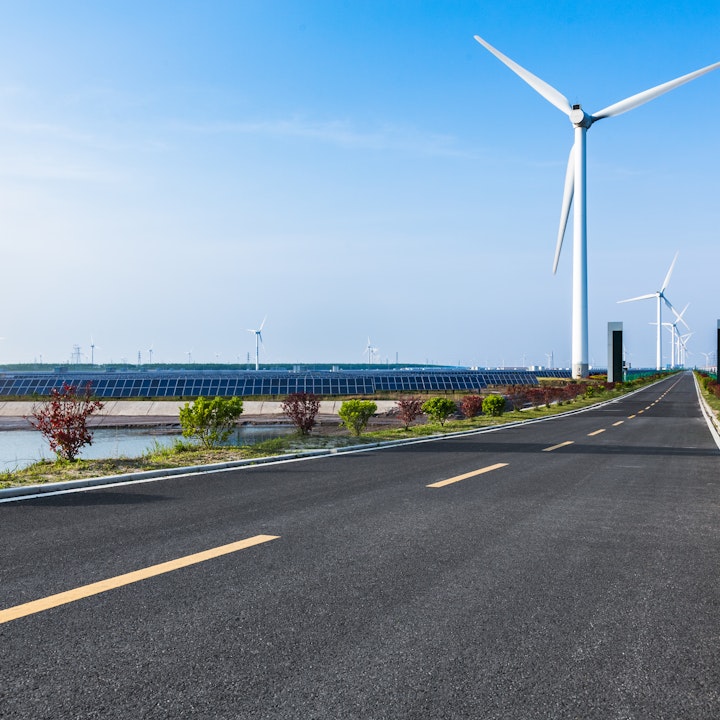
Design utility-scale solar at lightning speed
Sub-hourly meteorological data’s impact on energy yield estimation
In this webinar session, you will learn how the use of hourly or sub-hourly data affects the energy yield results on different scenarios.
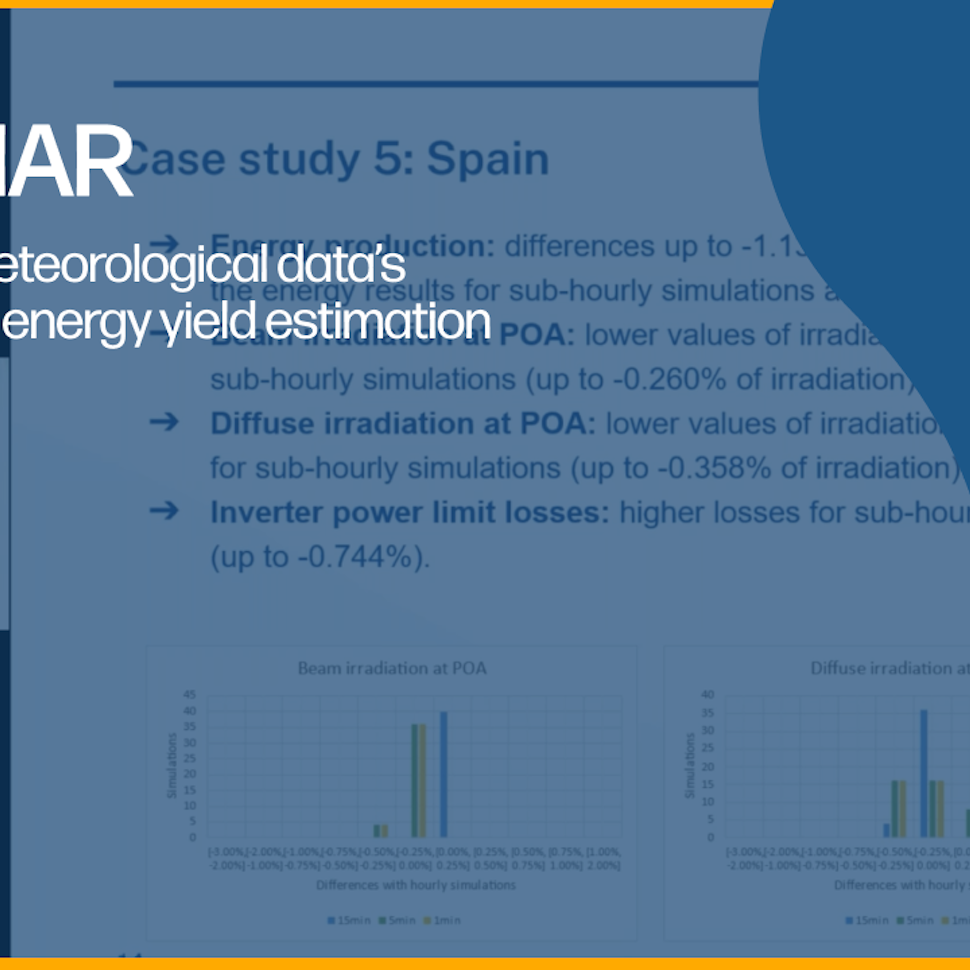
Latest stories
Related glossary posts
Technology and engineering
How solar zenith and azimuth impact panel efficiency
Updated 8 SEP, 25
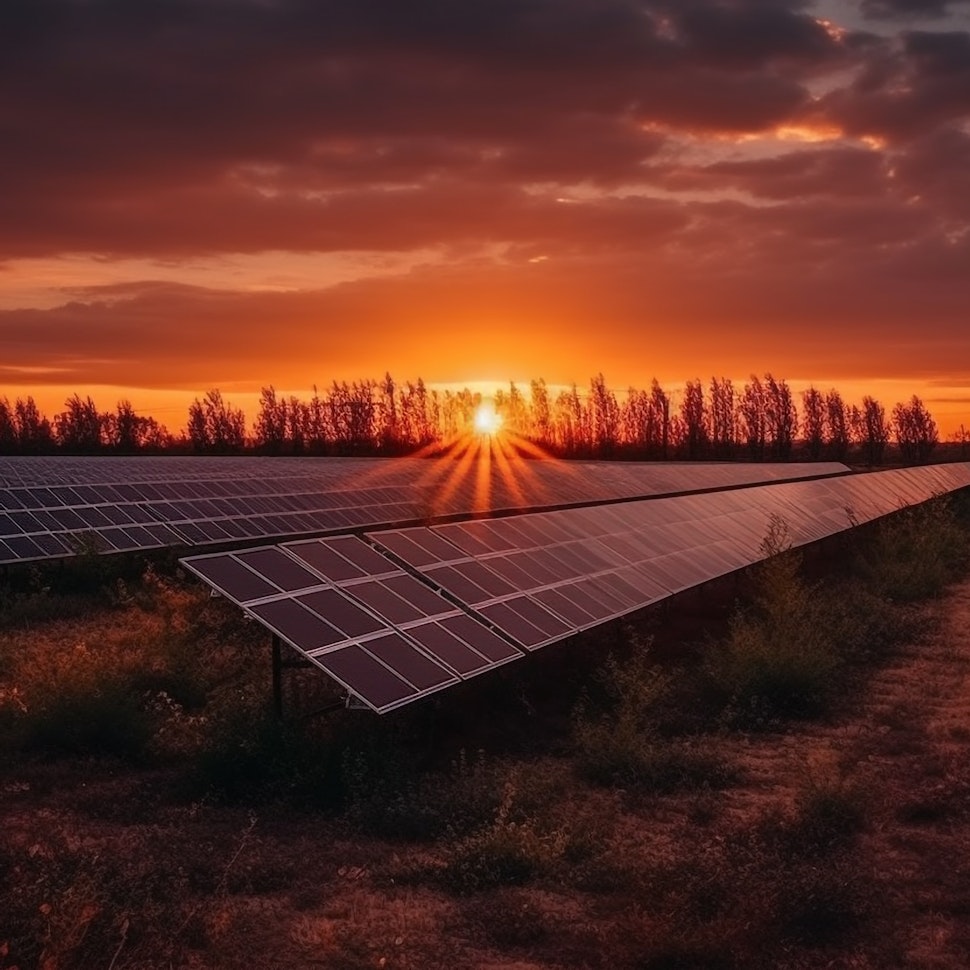
Technology and engineering
Albedo and Solar Power: What You Should Know
Updated 8 SEP, 25
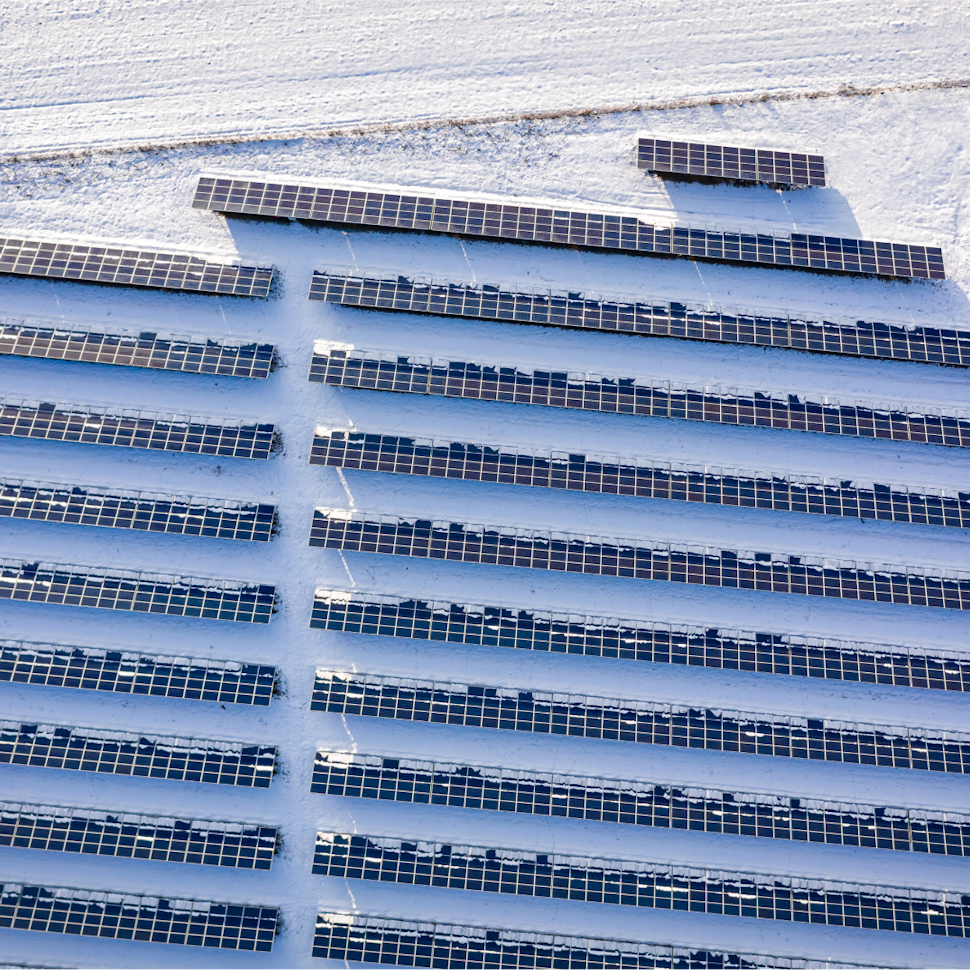
Technology and engineering
What is a solar substation and how to customize yours with RatedPower software
Updated 5 MAY, 25
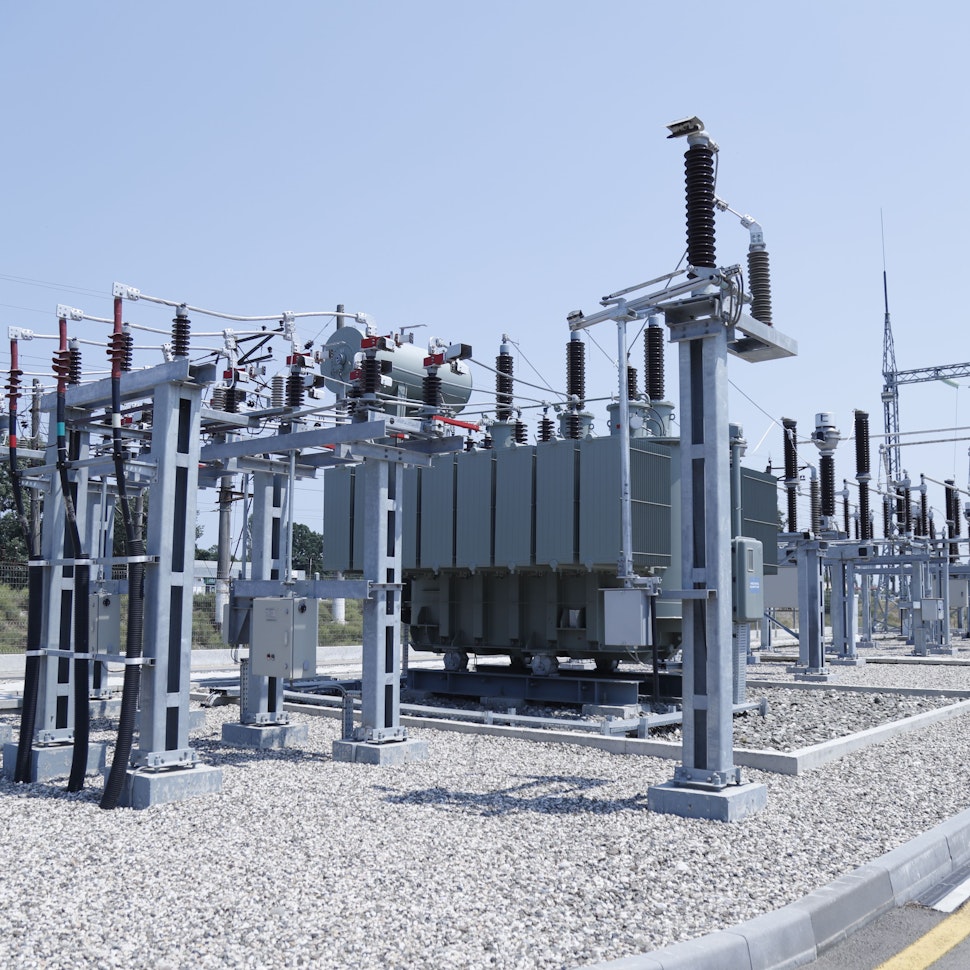
Related posts
Technology and engineering
Outsmarting congestion: How efficient solar design helps navigate Nordic grid limits
Learn how Nordic operators and solar developers are adjusting to tighter grid conditions and how policy and design decisions are keeping projects on track.
Updated 16 DEC, 25
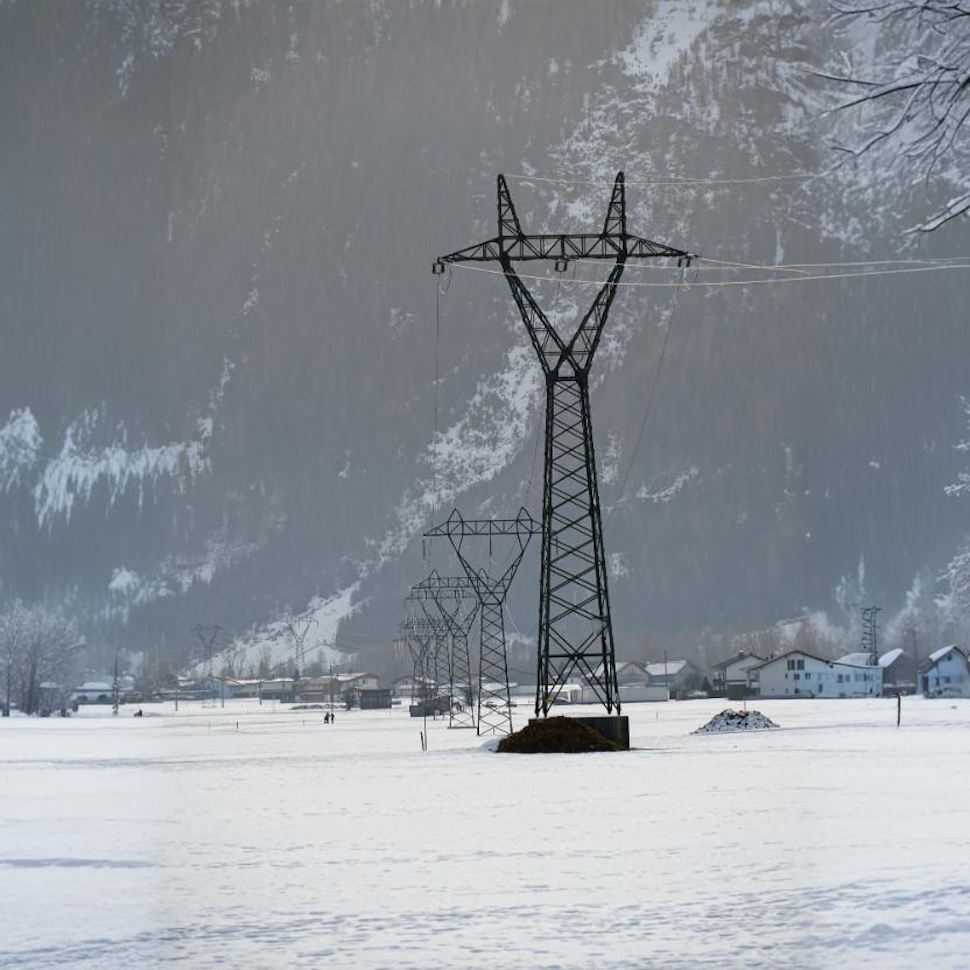
Technology and engineering
The rise of ultra-thin perovskite solar cells
Learn about Japan’s $1.5B initiative to commercialize ultra-thin, flexible perovskite solar cells and how it could transform the solar landscape globally.
Updated 30 SEP, 25

Technology and engineering
The green hydrogen boom in LatAm
Latin America is emerging as a green hydrogen leader. Learn how LatAm countries are leveraging solar and wind power to drive green hydrogen production.
Updated 22 JUL, 25
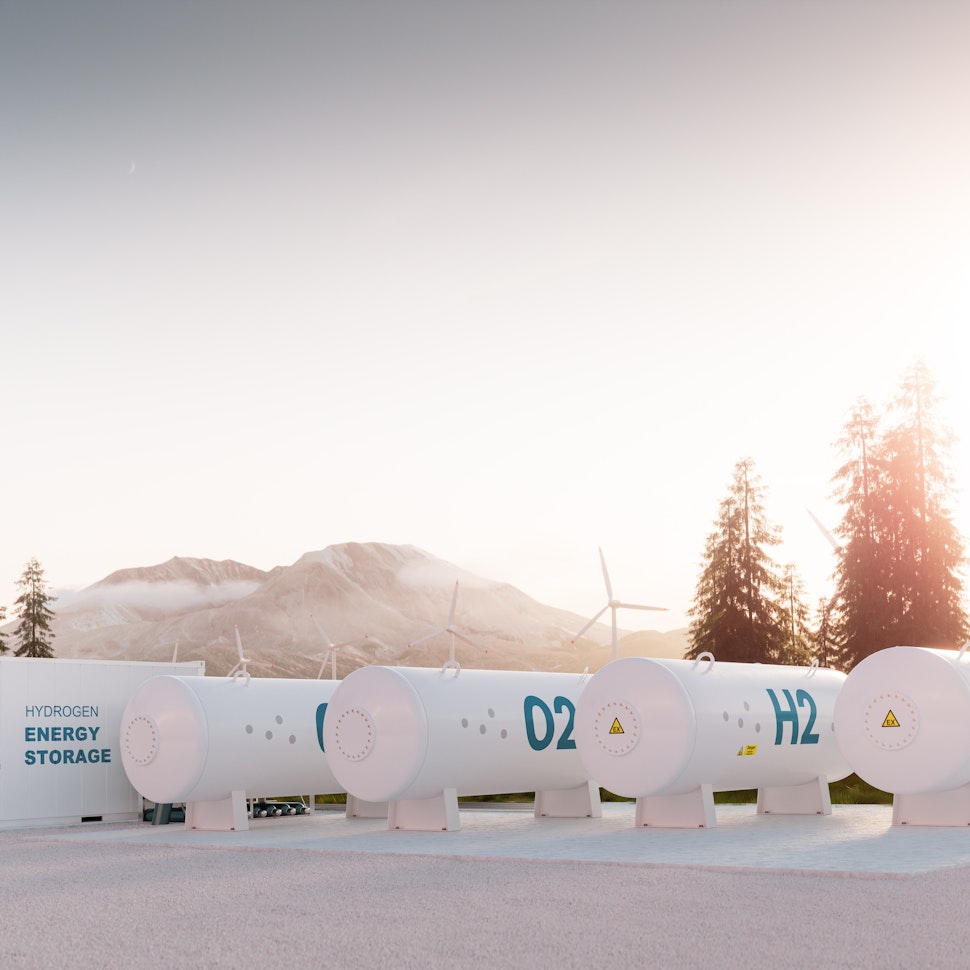
- RatedPower
- Glossary
- S
- Solar irradiance
 Watch a demo
Watch a demo Ask our AI Product Expert
Ask our AI Product Expert



